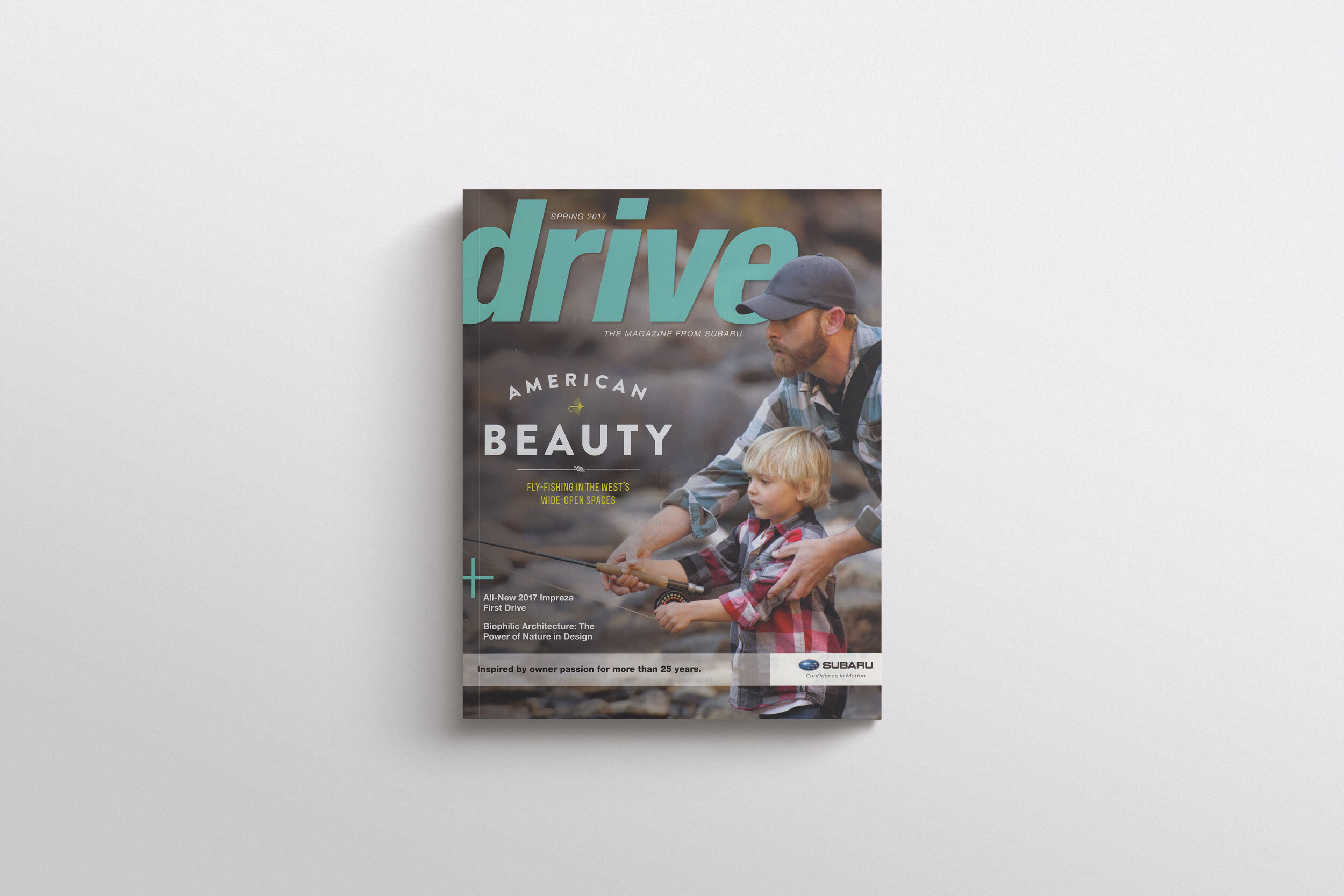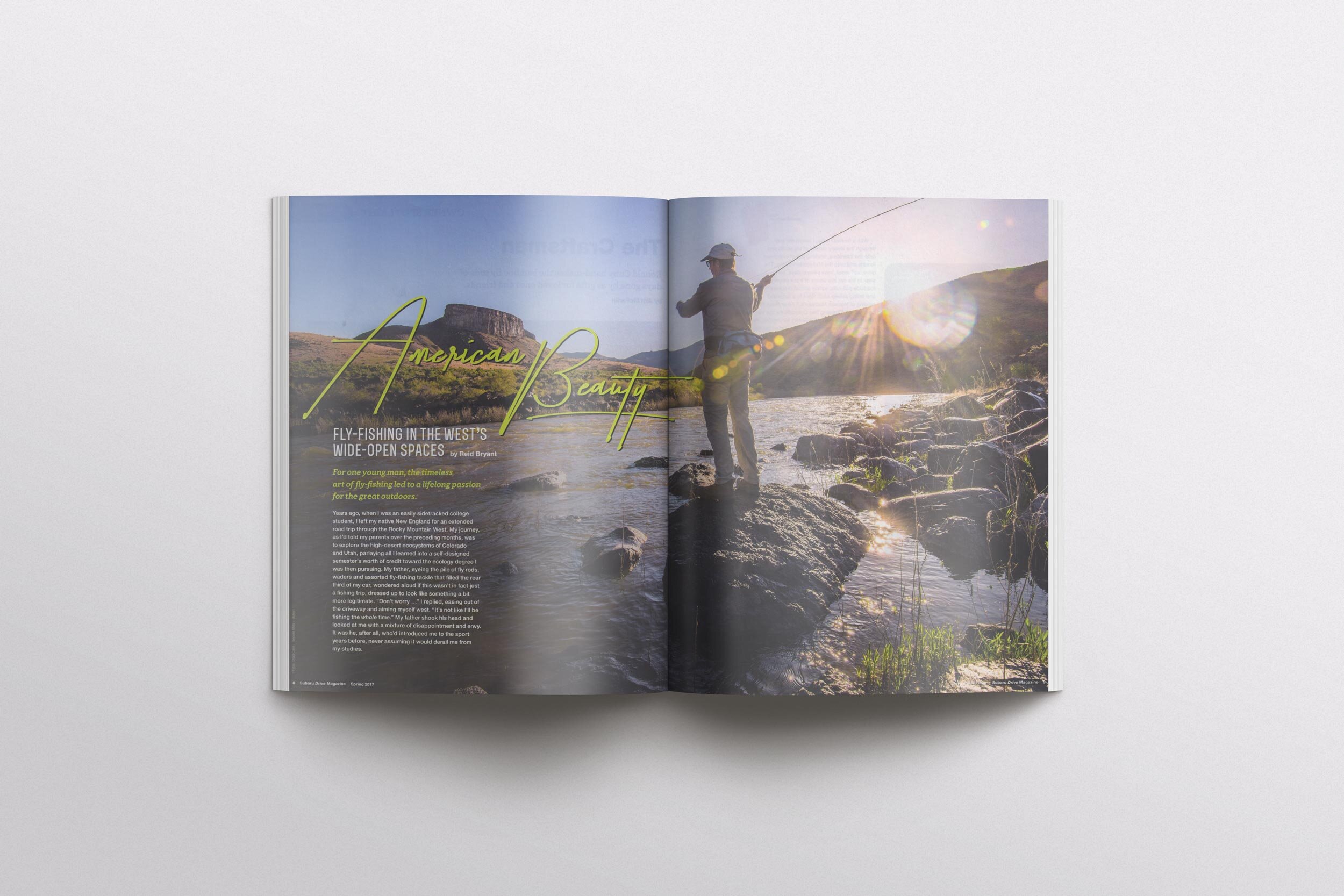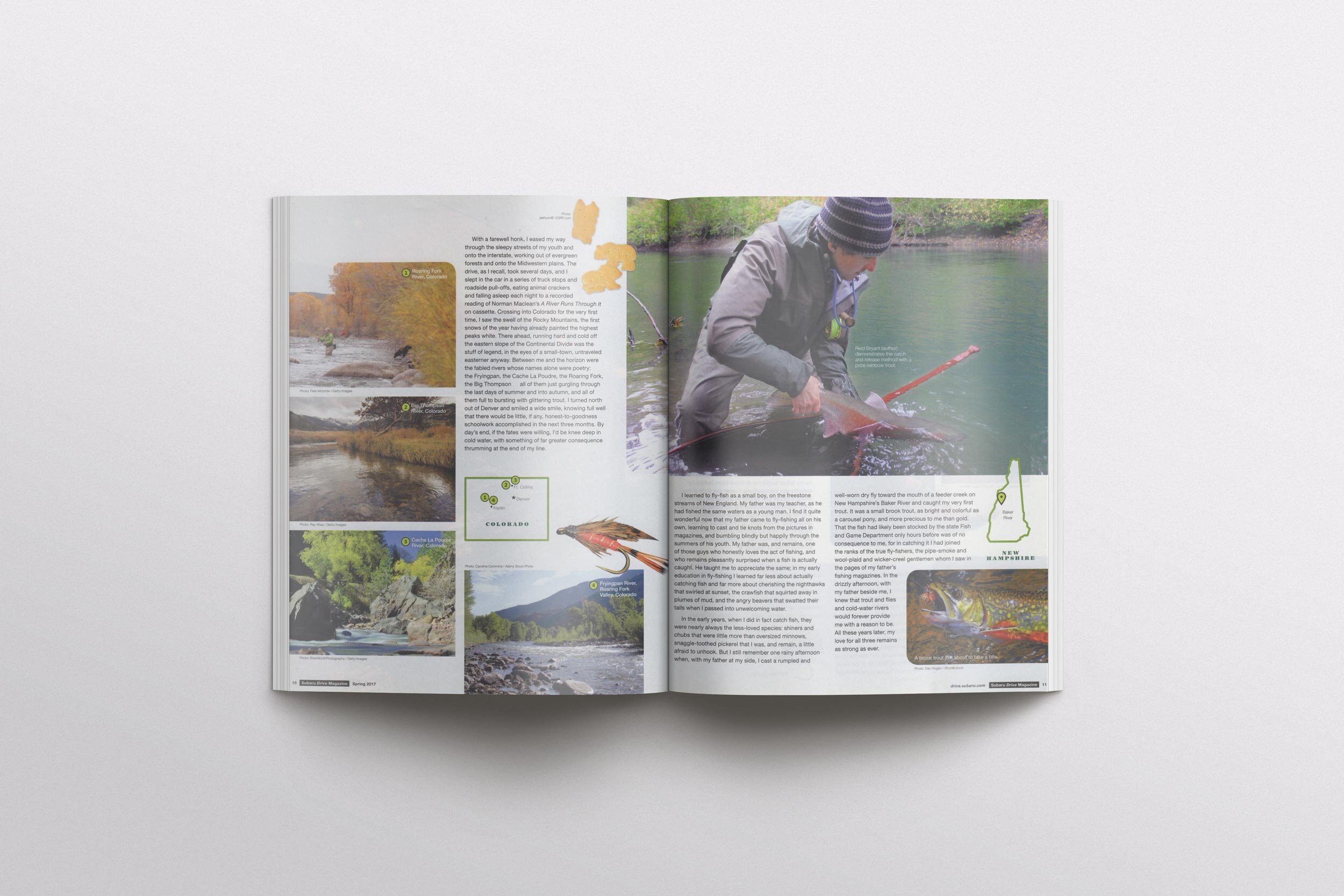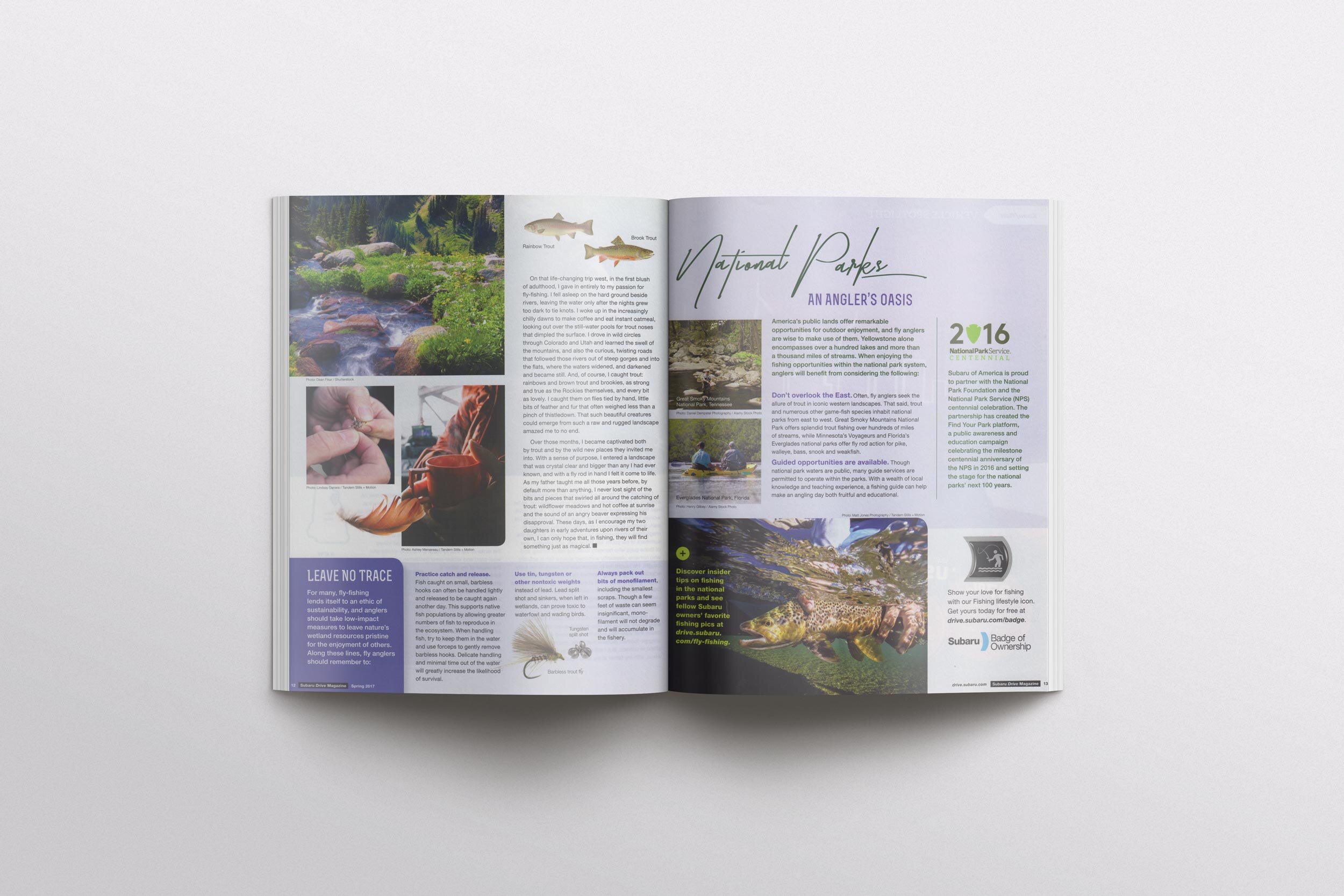American Beauty
Years ago, when I was an easily-sidetracked college student, I left my native New England for an extended road trip through the Rocky Mountain West. My journey, as I’d told my parents over the preceding months, was to explore the high-desert ecosystems of Colorado and Utah, parlaying all I learned into a self-designed semester’s worth of credit towards the ecology degree I was then pursuing. My father, eyeing the pile of fly rods, waders, and assorted fly-fishing tackle that filled the rear third of my car, wondered aloud if this wasn’t in fact just a fishing trip, dressed up to look like something a bit more legitimate. “Don’t worry…” I replied, easing out of the driveway and aiming myself west. “It’s not like I’ll be fishing the whole time.” My father shook his head, and looked at me with a mixture of disappointment and envy. It was he, after all, who’d introduced me to the sport years before, never assuming it would derail me from my studies.
With a farewell honk I eased my way through the sleepy streets of my youth and onto the interstate, working out of evergreen forests and onto the Midwestern plains. The drive, as I recall, took several days, and I slept in the car in a series of truck stops and roadside pull-offs, eating animal crackers and falling asleep each night to a recorded reading of Norman MacLean’s A River Run’s Through It on cassette. Crossing into Colorado for the very first time, I saw the swell of the Rocky Mountains, the first snows of the year having already painted the highest peaks white. There ahead, running hard and cold off the eastern slope of the Continental Divide was the stuff of legend, in the eyes of a small-town, untraveled easterner anyway. Between me and the horizon were the fabled rivers whose names alone were poetry: The Frying Pan, The Cache La Poudre, The Roaring Fork, The Big Thompson… all of them just gurgling through the last days of summer and into autumn, and all of them full to bursting with glittering trout. I turned north out of Denver and smiled a wide smile, knowing full well that there would be little, if any, honest-to-goodness schoolwork accomplished in the next three months. By day’s end, if the fates were willing, I’d be knee deep in cold water, with something of far greater consequence thrumming at the end of my line.
I learned to fly-fish as a small boy, on the freestone streams of New England. My father was my teacher, as he had fished the same waters as a young man. I find it quite wonderful now that my father came to fly fishing all on his own, learning to cast and tie knots from the pictures in magazines, and bumbling blindly but happily through the summers of his youth. My father was, and remains, one of those guys who honestly loves the act of fishing, and who remains pleasantly surprised when a fish is actually caught. He taught me to appreciate the same; in my early education in fly fishing I learned far less about actually catching fish and far more about cherishing the nighthawks that swirled at sunset, the crawfish that squirted away in plumes of mud, and the angry beavers that swatted their tails when I passed into unwelcoming water. In the early years, when I did in fact catch fish, they were nearly always the less-loved species: shiners and chubs that were little more than oversized minnows, snaggle-toothed pickerel that I was, and remain, a little afraid to unhook. But I still remember one drizzly afternoon when, with my father at my side, I cast a rumpled and well-worn dry fly towards the mouth of a feeder creek on New Hampshire’s Baker River, and caught my very first trout. It was a small brook trout, as bright and colorful as a carousel pony, and more precious to me than gold. That the fish had likely been stocked by the state Fish and Game Deptartment only hours before was of no consequence to me, for in catching it I had joined the ranks of the true fly fishers, the pipe-smoke and wool-plaid and wicker-creel gentlemen who I saw in the pages of my father’s Field & Stream magazines. In the drizzly afternoon, with my father beside me, I knew that trout and flies and cold-water rivers would forever provide me with a reason to be. All these years later, my love for all three remains as strong as ever.
On that fateful trip west, in the first blush of adulthood, I gave in entirely to my passion for fly fishing. I fell asleep on the hard ground beside rivers, leaving the water only after the nights grew too dark to tie knots. I woke up in the increasingly chilly dawns to make coffee and eat instant oatmeal, looking out over the still-water pools for trout noses that dimpled the surface. I drove in wild circles through Colorado and Utah and learned the swell of the mountains, and also the curious, twisting roads that followed those rivers out of steep gorges and into the flats, where the waters widened, and darkened, and became still. And of course I caught trout: rainbows and brown trout and brookies, as strong and true as the Rockies themselves, and every bit as lovely. I caught them on flies tied by hand, little bits of feather and fur that often weighed less than a pinch of thistledown. That such beautiful creatures could emerge from such a raw and rugged landscape amazed me to no end.
Over those months, I became captivated both by trout and by the wild new places they invited me into. With a sense of purpose I entered a landscape that was crystal clear and bigger than any I had ever known, and with a fly rod in hand I felt it come to life. And as my father taught me all those years before, by default more than anything, I never lost sight of the bits and pieces that swirled all around the catching of trout: wildflower meadows and hot coffee at sunrise and the sound of an angry beaver expressing his disapproval. These days, as I encourage my two daughters in early adventures upon rivers of their own, I can only hope that in fishing they will find something just as magical.
First Published Subaru Drive Magazine.



